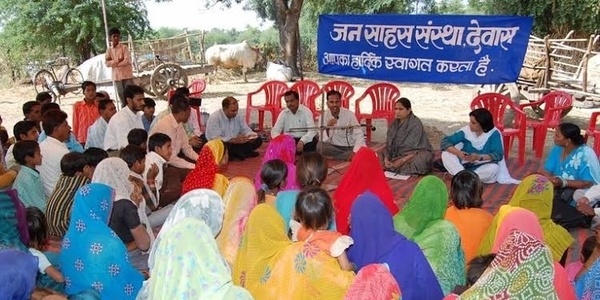India’s First Extreme Poverty-Free State: Kerala Leads the Way
Known for its peaceful backwaters, lush greenery, and rich cultural heritage, Kerala has long been celebrated as God’s Own Country. But beyond its natural beauty, the state has now carved a place in history for social progress. On November 1, 2025, Kerala will officially be declared extreme poverty-free, making it the first Indian state to achieve this feat and only the second region in the world, after China, to do so. The landmark announcement will take place at Thiruvananthapuram’s Central Stadium, attended by the Chief Minister Pinarayi Vijayan, state ministers, local representatives, and cultural icons . This historic moment reflects the culmination of years of policy planning, community participation, and government commitment.What Extreme Poverty-Free Really MeansExtreme poverty is defined as a condition in which individuals or families cannot afford the basic necessities of life: food, shelter, healthcare, education, and clothing. The World Bank sets the threshold at living on less than $2.15 per person per day, roughly ₹180. India’s own Multidimensional Poverty Index (MPI), developed by NITI Aayog, goes beyond income alone, considering nutrition, housing, sanitation, education, and access to basic services. Kerala already had the lowest proportion of multidimensionally poor citizens in India in 2023, with just 0.55% of its population classified as poor, followed by Goa (0.84%) and Puducherry (0.85%). The state’s achievement is now a formal recognition that no citizen should lack basic human necessities.The Bold Initiative: Kerala’s Extreme Poverty Eradication ProjectThe turning point came in 2021, when Kerala launched the Extreme Poverty Eradication Project, a flagship initiative of Vijayan’s second government. Its philosophy was radical yet simple: treat each household as unique. Instead of blanket programs, the government built micro-level solutions tailored to the specific needs of every family living in extreme poverty. Over three to four months, Kudumbashree workers, ASHA health workers, and local representatives conducted a detailed ground survey across the state. They identified 64,006 families (1,30,009 individuals) living in extreme poverty.Coordination and Execution: The Backbone of SuccessThe project’s success hinged on meticulous coordination across multiple departments—housing, healthcare, transport, revenue, and social welfare—overseen directly by the Chief Minister’s Office. The Kerala government invested Rs 80 crore in FY 2023–24 and Rs 50 crore in FY 2024–25, focusing on housing, healthcare, and livelihood programs to lift families out of extreme poverty. These efforts yielded tangible results: 3,913 houses were built, 1,338 families were provided land, and 5,651 families received Rs 2 lakh each for home repairs. Additionally, 21,263 individuals received essential documents, such as ration cards, ensuring access to social welfare programs. Importantly, even nomadic and landless families were included, reflecting the government’s commitment to leaving no one behind. Before the official declaration, Kerala implemented multiple layers of verification. Social audits, local cross-checks, and detailed reviews ensured the list’s accuracy. The final verified list now includes 59,277 families, all officially lifted out of extreme poverty. This level of thoroughness demonstrates that Kerala’s achievement is not symbolic but grounded in reality.A Model for India and the WorldKerala’s success offers a replicable model for other states and countries. By combining data-driven identification, micro-level planning, community involvement, and sustained government support, the state shows that eradication of extreme poverty is achievable. The milestone also reflects a broader lesson: poverty eradication is not just about income, but access to basic rights, services, and opportunities. Kerala proves that when governance, community, and compassion align, transformative change is possible. Kerala’s declaration as extreme poverty-free is a historic win, blending policy innovation, grassroots action, and human dignity. From its peaceful backwaters to the homes of thousands of families now lifted from poverty, Kerala demonstrates that development and humanity can go hand in hand. As India watches this milestone, Kerala sends a clear message: eradicating extreme poverty is not a dream but a reachable reality, one family at a time.

 (1).jpeg)
.jpg)
